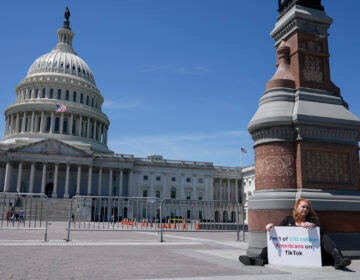The Jersey Shore, after Sandy: To rebuild or not to rebuild
ListenWhen Superstorm Sandy slammed into and through the southern Jersey Shore near Ocean City in the evening of Oct. 29, the full-moon high tide and storm surge laid waste to structures, streets and stretches of shoreline up and down the coast, perhaps nowhere as hard as Ortley Beach, Long Beach Island and Mantoloking. New data suggests that the average New Jersey beach is 30 to 40 feet narrower after Sandy, with many beaches losing half their sand. Joining us to describe how the Jersey Shore’s beaches fared in Sandy is STEWART FARRELL, director of Richard Stockton College’s Coastal Research Center and a leading expert on beach erosion. Then, we’ll hear from ORRIN PILKEY, Professor Emeritus of Earth and Ocean Sciences at Duke University’s Nicholas School of the Environment, and Founder and Director Emeritus of the Program for the Study of Developed Shorelines, about why humanity must heed nature’s warnings and retreat from the ocean’s advance. Then, since political leaders from President Obama to Governor Christie on down have pledged to rebuild what was lost, we’ll survey the tools and techniques that coastal engineers have in their toolbox to try to hold back the sea, or at least slow its advance. Walking us through a set of expensive options will be THOMAS O. HERRINGTON, associate professor of ocean engineering in the Department of Civil, Environmental and Ocean Engineering, assistant director of the Center for Maritime Systems at Stevens Institute of Technology in Hoboken, New Jersey, and author of the NJ Sea Grant Manual for Coastal Hazard Mitigation (pdf).
Photo: AP/Mel Evans
WHYY is your source for fact-based, in-depth journalism and information. As a nonprofit organization, we rely on financial support from readers like you. Please give today.





